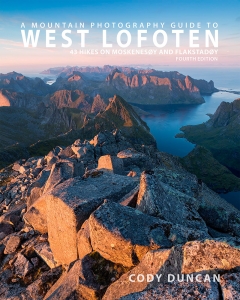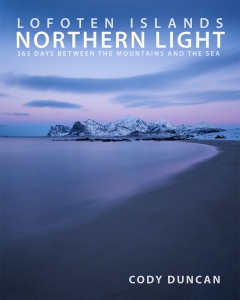
Photo: Evening sun over Slettind mountain peak, Flakstadøy, Lofoten Islands, Norway. July 14, 2021. 23:18
There is just over a week remaining for this summer’s midnight sun season. It has mostly been a cool and grey summer so far, though not without some nice days here and there, now it is finally looking like a longer spell of sunny and warm weather will arrive after the weekend. Maybe Leknes will hit 20˚c for the first time this year – a bit of a slow start! Though I was down in Germany over the past week, so got to experience a mini heatwave of 35˚c in Berlin at my arrival – I think I prefer Lofoten’s 12˚c!
Two weeks ago – Friday Photo #651 – I posted a similar view of this mountain, taken at almost on the same date and same time, only 3 years later that this photo – today’s image being from 2021, and the other week’s from 2024.
I’m not sure which perspective I like better. In this image the mountain is much more prominent and the sun in a better position. And perhaps the background is a little more balanced, with mountains on both sides of the frame. With next weeks forecast, there is a rough prediction for some sea fog, which I had if ff651’s image, though it did not rise up to the lake. Perhaps if the fog comes in a little higher, this could be an interesting perspective with the mountain looking like a volcano rising out of a sea of fog – though I just have to not get lost getting there in the mostly trail-less terrain and short scramble up a steep ridge,
Camera Info:
Nikon Z7 II
Nikon 14-30mm f/4
14mm
ISO 100
f10
1/80 Second
WB Daylight














